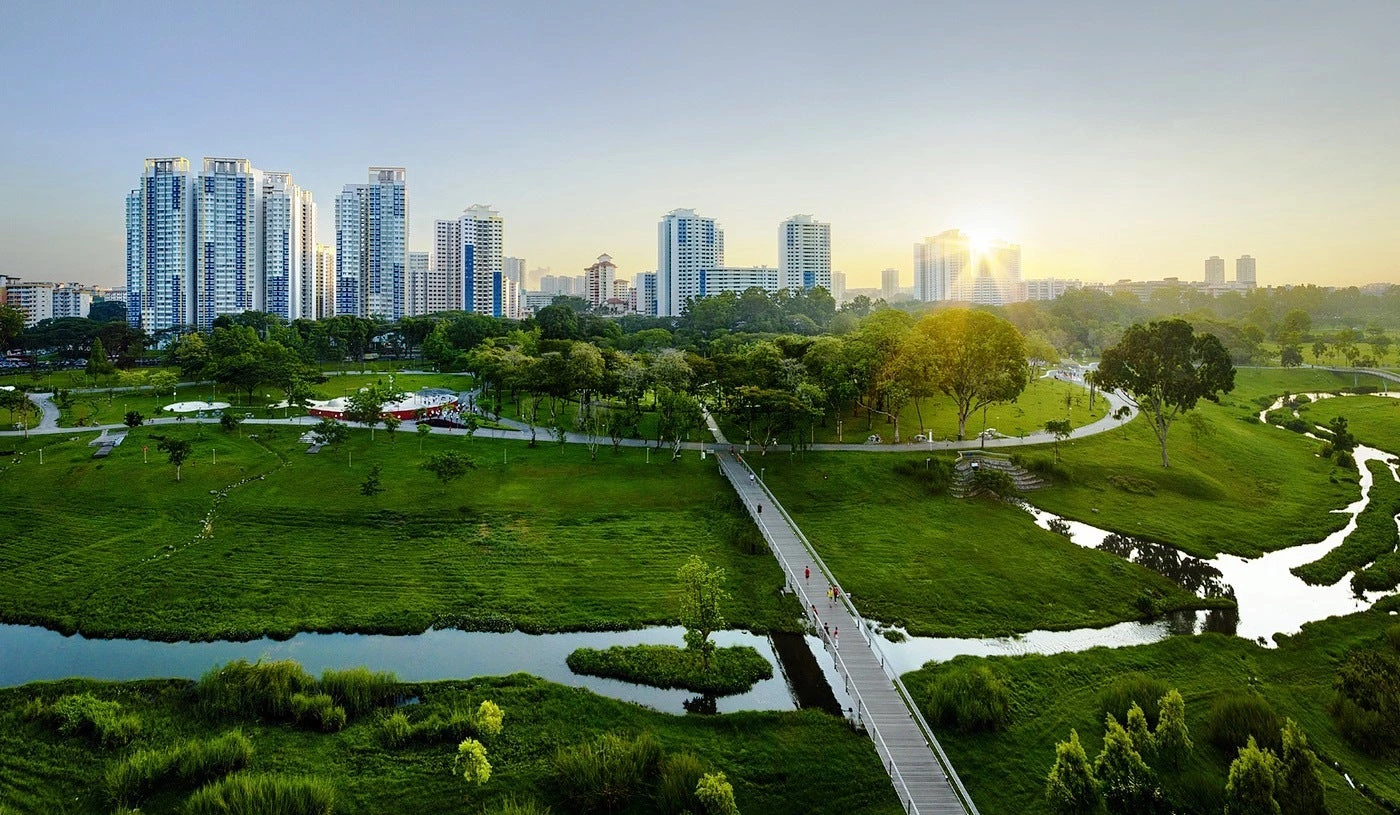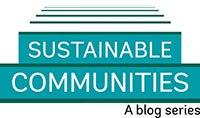
I just returned to Vietnam after attending the World Bank’s first-ever Urban Week in Singapore, a series of events that brought together city leaders from across Asia and beyond to explore innovative approaches to urban planning and management.
A topic that cut across all these areas is flood risk management, which was featured extensively during the launch event of the Global Platform for Sustainable Cities. I had the opportunity to learn more about the role of green mitigation infrastructure in integrated urban flood risk management, with lessons from Japan, Korea, Sri Lanka, Senegal, and the Netherlands. In these countries, green structures such as retarding basins, permeable pavement, and rainwater storage or infiltration trench have complemented conventional structural measures to reduce flood risk in a cost-effective manner.
Singapore took the concept of green infrastructure to another level by truly integrating it into daily urban facilities in order to bring people closer to nature. This was made evident by a trip to two different sites. I first visited the Marina Barrage, Singapore’s 15 th reservoir with a catchment of 10,000 hectares, serving the purposes of water supply, flood management, and recreation area; I then proceeded to Bishan Park, where 62 hectares of park space have been redesigned to accommodate the dynamic process of a river system which includes fluctuating water levels, while providing maximum benefit for park users.
Flood risk management is a key concern for Vietnamese cities, especially the coastal and low-lying cities in the Mekong Delta where heavily built-up areas are weathering the combined impacts of poor drainage and high tides exacerbated by climate change.
Existing solutions have been mainly structural, including embankments and drainage improvements. However, a move toward integrated flood risk management, especially with the inclusion of green infrastructure, is gradually made in larger cities such as Ho Chi Minh City, where a proposed World Bank project will integrate both structural and non-structural measures to reduce flood risks in the Tham Luong-Ben Cat sub-catchment of the city.
A participatory planning workshop was also organized to help the city design a multifunction park with water-retention ponds, fully embracing the concept of “making room for water” while developing a new green space for local recreational activities. Such a design will greatly benefit from examples such as Bishan Park in Singapore or Watarase Retarding Basin in Japan. Furthermore, smaller cities in the Mekong Delta that will borrow from the Bank for urban upgrading efforts can also learn from these examples to ensure future investments are as green and nature-friendly as possible.
Leaving Singapore, we are inspired to introduce these wonderful examples to our counterparts in Vietnam. Most concretely, a training course delivered by Singapore’s Urban Redevelopment Authority (URA) will be explored for different city managers to learn about urban planning and green infrastructure development. While still far apart in economic development, Vietnam can still learn from Singapore to apply green design measures, so that, in a near future, city residents in Vietnam can also enjoy open green spaces in their own flood-free cities.



Join the Conversation